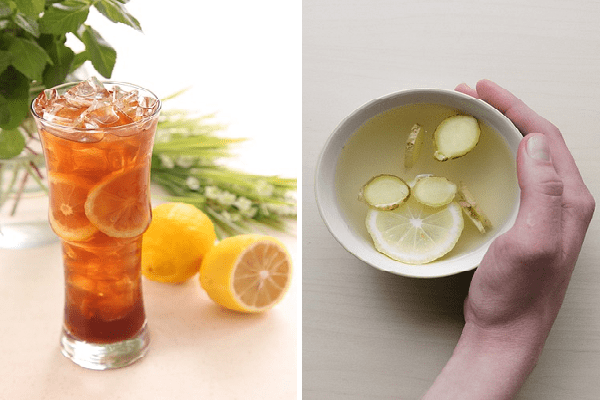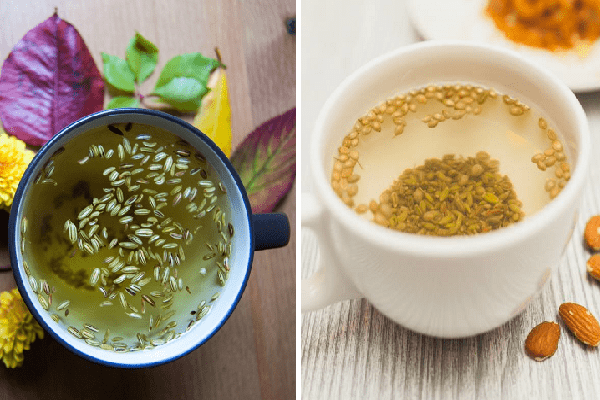Phytotherapy >>>> Tea with aromatic additives - medicinal properties
Tea with aromatic additives - medicinal properties.

Tea is a versatile drink that allows you to invent new varieties of tea taste with the help of various additional flavoring and aromatic additives. But a significant contribution to human health is made by teas with aromatic additives from some useful plants.
The most aromatic parts of plants suitable for addition to brewing in tea are flowers, berries, leaves, fruit skin, seeds or nuts, bark, roots. These parts of plants are a depot of useful vitamins and minerals. Everything that a plant can accumulate during the growing season and fruiting is deposited in a leaf, in a skin, in grains (seeds, nuts), in a root and in a bark.

Most notably, tea additives are regionally tied. In regions where many citrus plants are available, it is popular to add citrus peel, citrus flowers and citrus peel oils (Bergamot tea, lemon tea, orange tea) to tea. Regions rich in almond trees are famous for their habits of adding almond aromas (almond oil). Aromatic roots: ginger (Ginger tea), chicory are loved in European countries, Asia and the East. All these aromatic additives - tonic and tonic, are useful during the off-season, when the immune system is significantly weakened, and requires additional "boost".

Aromatic seeds of umbrella plants (dill, fennel, cumin, cumin) are popular in regions of Europe and Asia, where these plants are easy to grow. These seeds are added to teas to give them vivid healing effects in case of intestinal disorders (flatulence, colitis, diarrhea).
Eastern and Mediterranean spices (saffron, cloves) have high antiseptic properties and often act as preservatives. At the same time, these aromatic additives are bitter, which is used as digestion stimulants.
Skin of apples, pears, quince, apricots, peaches; it is customary for Europeans to add raspberries, strawberries, currants as flavors to fortified teas. These plants are rich in vitamins and minerals, they support the immune system.
Exotic types of additives in the form of ground bark of shrubs and trees, nuts, spices (Masala tea), are popular in countries where Vanilla tree (vanilla), Nutmeg (ground nuts and oils), Ceylon cinnamon (cinnamon), Eucalyptus (oil from eucalyptus leaves). Flavored teas with spices are good antimicrobial and antiparasitic agents.

Rare types of aromatic additives:
- Lotus (buds and leaves without a petiole - the petiole is poisonous) contains a high level of tannins, which is useful for diarrhea, but harmful for constipation.
- Rhododendron Adams (Sagan Dail green mixture) is an adaptogenic and antihypertensive agent.
- Osmanthus (aromatic olive flower tea) is a popular expectorant and anti-inflammatory agent.

Almost all fragrances are phytoncides, and phytoncides are antimicrobial substances. So tea brewed with any flavoring additive automatically turns into a mild antiseptic.
But fragrant substances are called upon not only to scare off microbes. They are natural irritants of the gastrointestinal mucosa, which activates the digestive processes and forces more enzymes to be secreted into the lumen of the gastrointestinal tract, which in turn improves digestion.
Tannins, which are found in large quantities in fragrant skins, seeds, bark, roots and leaves, play the role of a tonic (excite the nervous system), an antihypertensive agent (increase blood pressure), have a fortifying effect in case of intestinal disorders (diarrhea) and at the same time are able to play a protective role - to prevent damage to the mucous membrane of the digestive tract during the passage of acidic or alkaline substances.

Read

Read



























